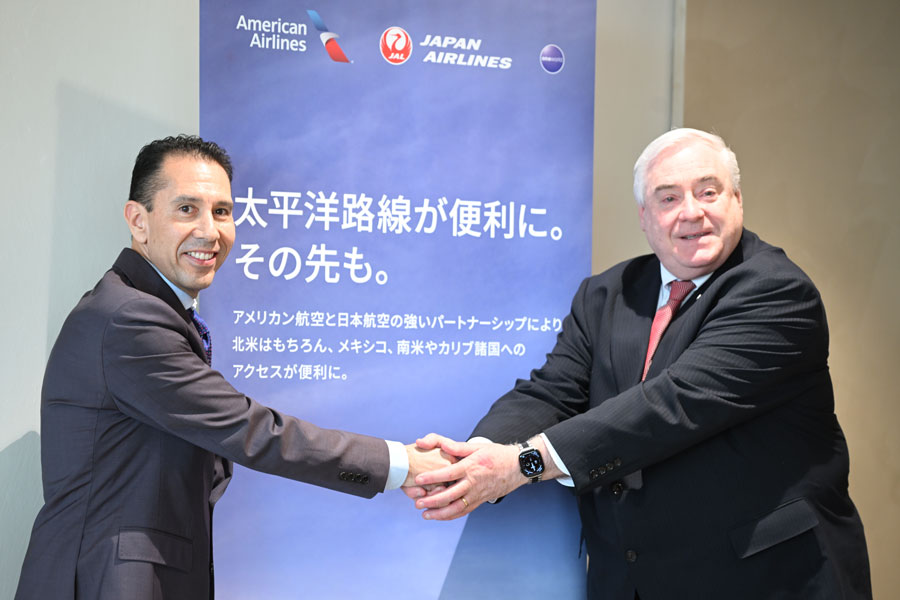
JAL and AA Consider Adding Alaska Airlines Group to Joint Venture
All Nippon Airways (ANA) began demonstrating the use of ‘Renewable Diesel (RD)’ made from waste cooking oil and inedible oil as fuel for Ground Support Equipment (GSE) at Haneda Airport on May 9. The demonstration, which will run until around March 2025, aims to identify operational issues and assess viability for future full-scale implementation.
RD is a next-generation biofuel produced from waste cooking oil and inedible oil. It can reduce carbon dioxide (CO2) emissions by 70-90% compared to diesel fuel and has similar properties to the diesel fuel traditionally used in GSE, meaning it can be used in existing vehicles and refueling facilities without modification. RD is a by-product of producing Sustainable Aviation Fuel (SAF) and its increased use could also strengthen the SAF supply chain.
As part of its efforts to achieve carbon neutrality by the fiscal year 2050, the ANA Group has set a target to reduce CO2 emissions from non-aircraft operations by 33% by the fiscal year 2030 compared to fiscal year 2019. In addition to proceeding with the electrification of GSE vehicles, the company is also working on utilizing RD to further accelerate its goal.
The demonstration targets 26 vehicles at Haneda Airport, including 10 high-lift loaders used for cargo loading and unloading, 10 towing tractors for aircraft towing, and 6 passenger boarding stairs cars. The initiative will evaluate the impact of RD on vehicles, fueling infrastructure, and its utility. The targeted vehicles may expand based on progress. According to ANA, this is the first time RD has been used for GSE in Japan.
During the demonstration at Haneda Airport on May 9, a high-lift loader, which had its fuel tank emptied in advance, was refueled with RD using a fueling vehicle. It was then used for handling operations of flight NH20 (Boeing 787-8, registration: JA815A) arriving from Osaka/Itami, unloading and loading cargo for the turnaround flight.
Although RD can be used similarly to diesel fuel in terms of specifications, it is treated as a fuel hydrocarbon oil for tax purposes. Because mixing RD with diesel fuel constitutes adulterated diesel fuel, tanks must be completely emptied of diesel fuel before filling them entirely with RD for the first time.
According to Motohide Inui, Manager of the Planning Department GX Team at ANA’s Corporate Strategy Office, completely electrifying all GSE is challenging due to limited vehicle options and insufficient charging infrastructure at airports. The demonstration of RD is aimed at broadening the choices for decarbonization, with Inui stating that it is necessary to verify the best mix while taking economic rationale into account.